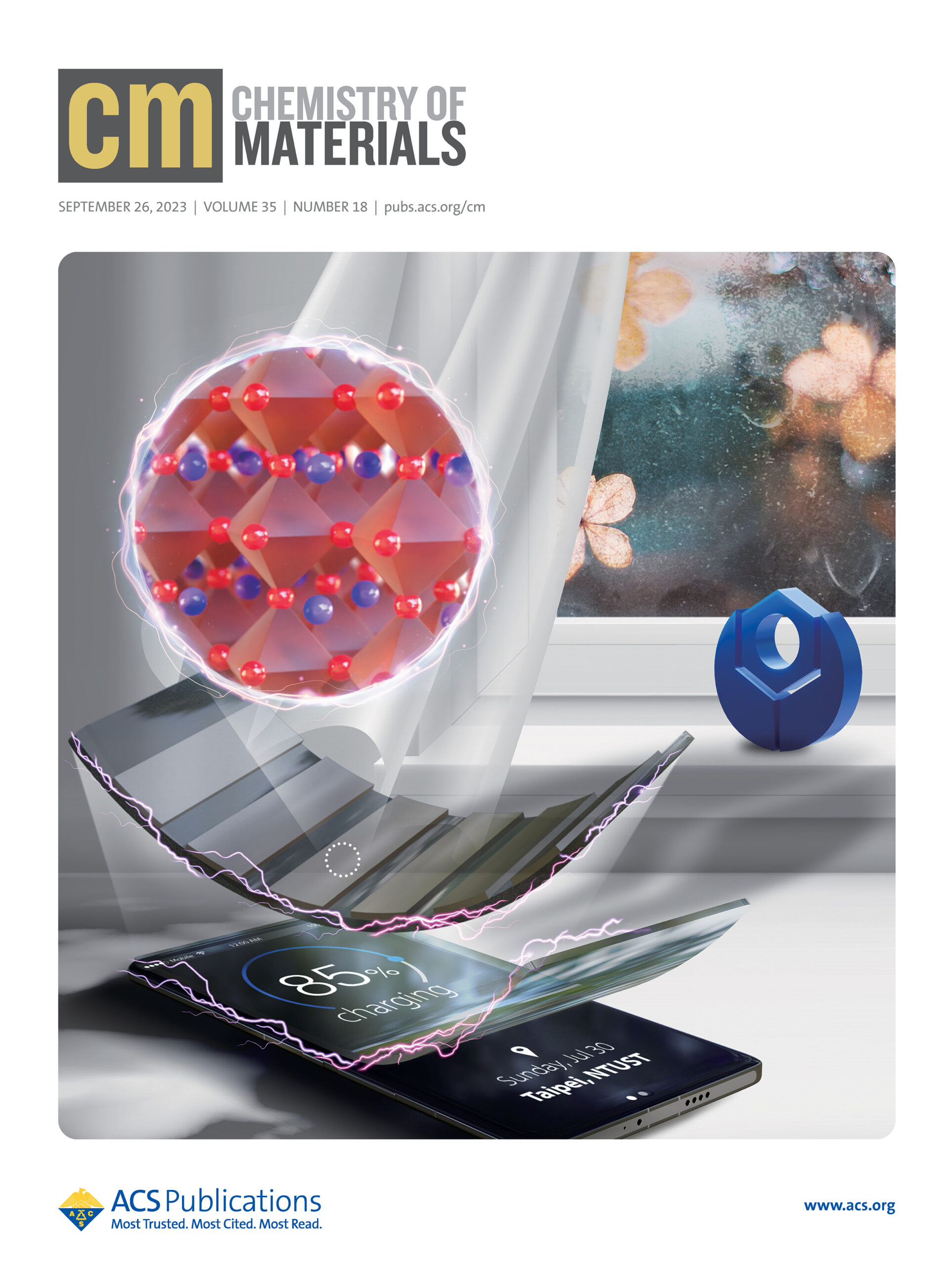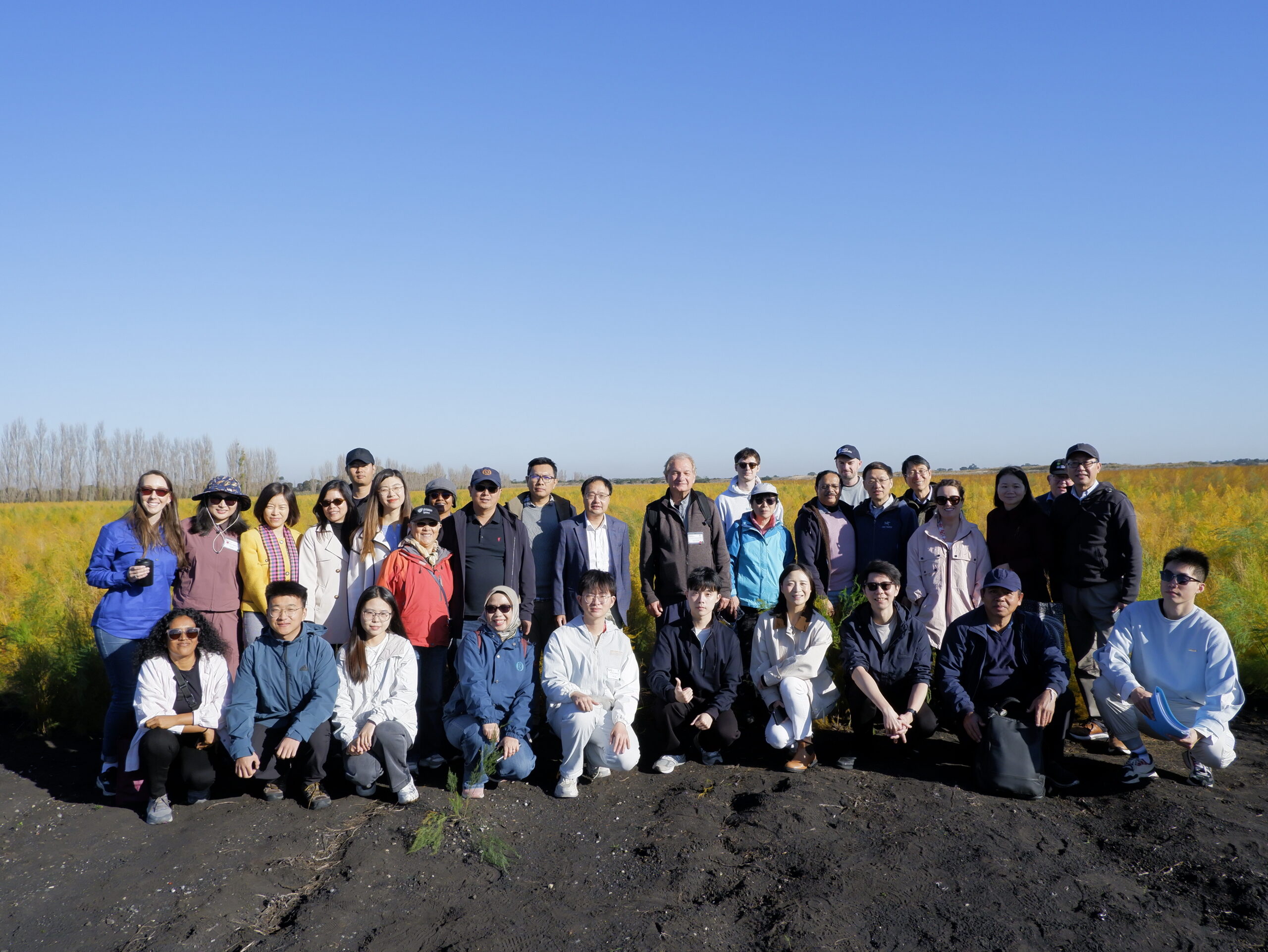Solid-State Encapsulation of Urea via Mechanochemistry-Driven Engineering of Metal–Phenolic Networks.
Mazaheri, O., Zavabeti, A., McQuillan, R. v, Lin, Z., Alivand, M. S., della Gaspera, E., Chen, D., Caruso, F., Suter, H., & Mumford, K. A. 2023. “Solid-State Encapsulation of Urea via Mechanochemistry-Driven Engineering of Metal–Phenolic Networks.” Chemistry of Materials, 35(18), 7800–7813. DOI: 10.1021/acs.chemmater.3c01696
Controlled-release fertilizers (CRFs) are sustainable alternatives as they can increase crop yield and minimize environmental contamination associated with conventional fertilizers. However, there remains a demand for the development of CRFs with high biocompatibility, and tunable morphologies and mechanical properties. Herein, a solvent-free mechanochemical method is developed for synthesizing urea-encapsulated metal–phenolic networks (urea–MPN matrices) as CRFs. The matrices exhibit tunable mechanical resistance, crystallinity, stiffness, and wettability properties via rearranging the internal structure of the MPNs and their subsequent interaction with the encapsulated urea crystals. Sample aging (7 days) leads to a higher degree of complexation of the MPNs, resulting in a material with increased elasticity and melting point relative to the as-synthesized sample. Thermal treatment (60 °C for 6 h) instigates structural reorganization of the urea crystals within the matrix, generating a more robust material with a 51-fold increase in Young’s modulus. As CRFs, the urea–MPN matrices can be tuned to prolong the release of urea for up to 9 days depending on the treatment applied. As the mechanochemical synthesis of MPNs facilitates the tuning of physiochemical properties and has greater practicability for inclusion within large-scale processing, it has potential implementation within a broad range of industries.




